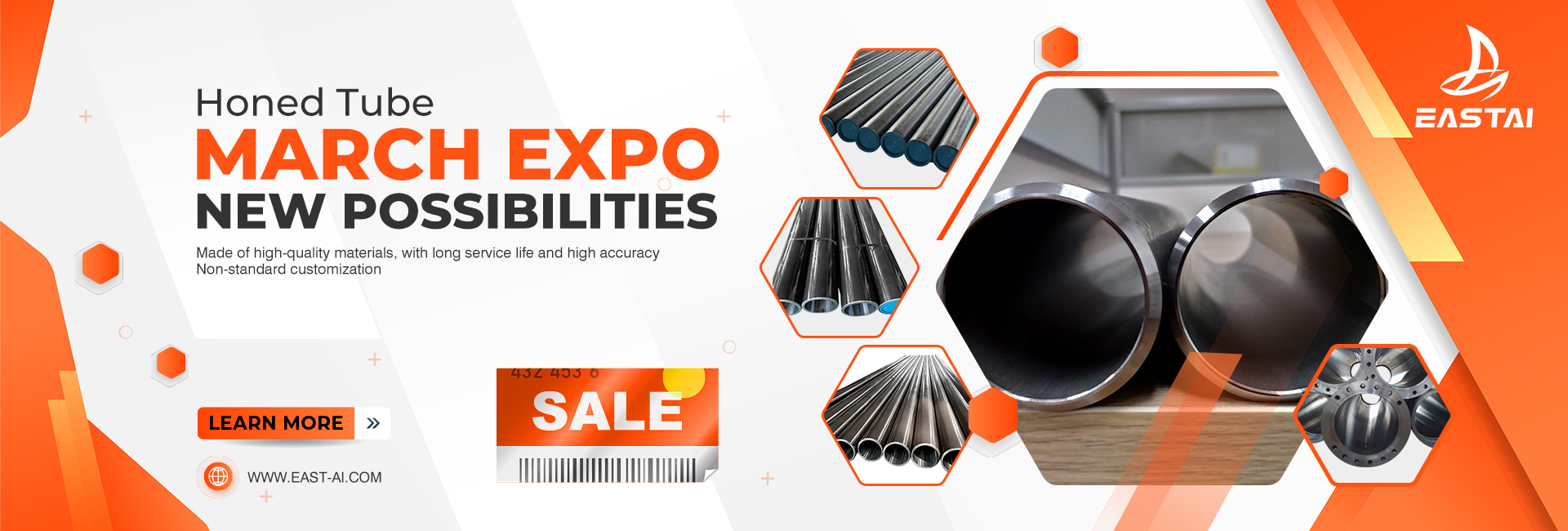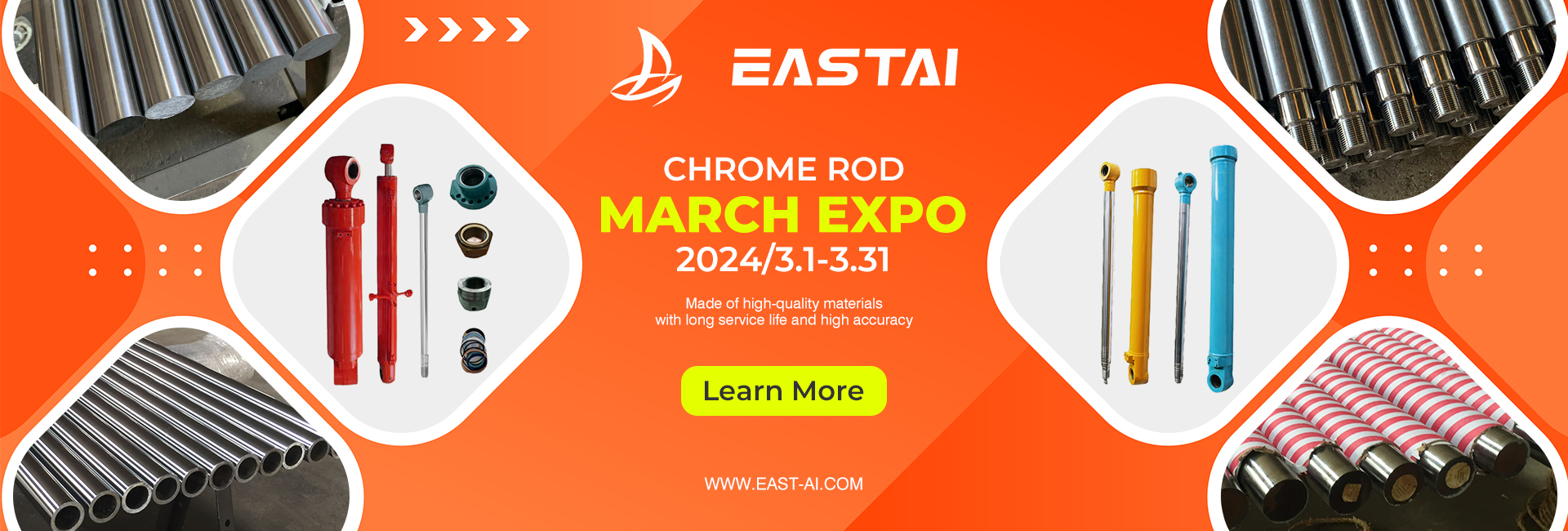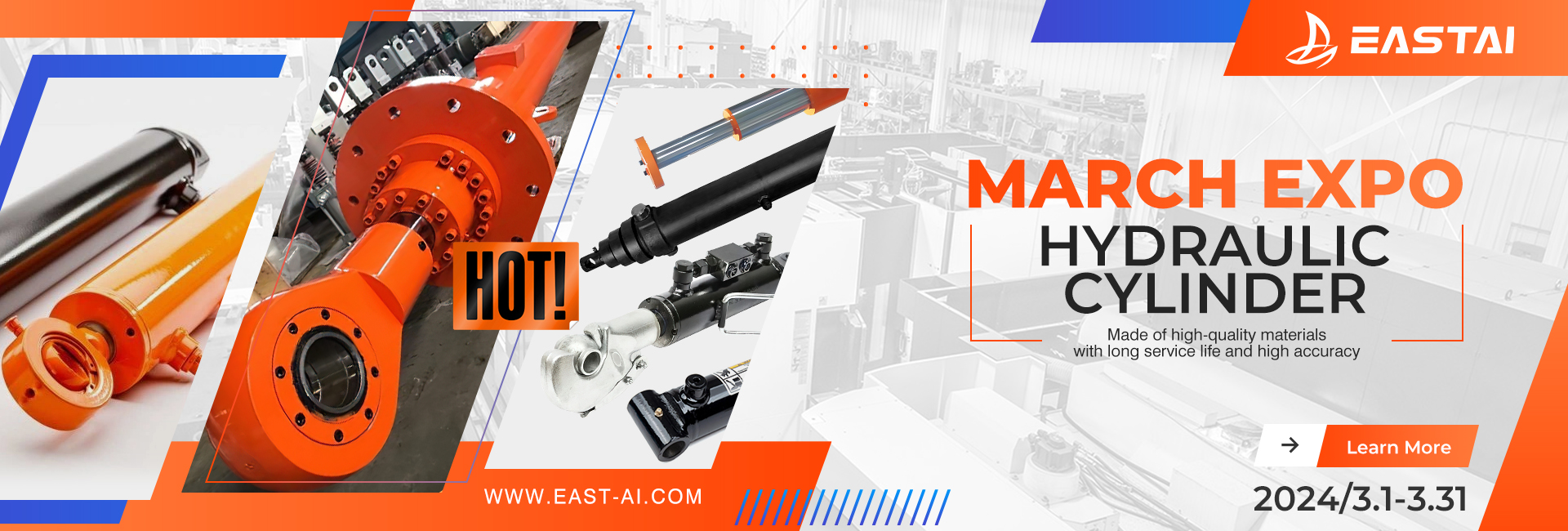Aluminum Square Tubing: Lightweight, Durable, and Versatile
Introduction
Aluminum square tubing is a widely used material in various industries, known for its exceptional properties and applications. In this article, we will explore the different aspects of aluminum square tubing, its advantages over other materials, various types, best practices for handling and maintenance, applications in different sectors, and potential future trends.
Properties of Aluminum Square Tubing
Aluminum square tubing is beloved for its unique combination of characteristics. First and foremost, it is incredibly lightweight, making it ideal for projects that require strength without adding excessive mass. Additionally, aluminum exhibits remarkable durability, able to withstand harsh environmental conditions, including extreme temperatures and corrosive environments.
The exceptional corrosion resistance of aluminum square tubing ensures its longevity and suitability for outdoor applications, even in marine or coastal settings. Moreover, aluminum possesses excellent electrical and thermal conductivity, making it a preferred choice for certain electrical and heat transfer applications.
Advantages
Compared to other materials, aluminum square tubing boasts several advantages. One of the most significant benefits is its superior strength-to-weight ratio, outperforming traditional steel counterparts. This advantage makes aluminum an excellent choice for lightweight constructions that require structural integrity.
Furthermore, aluminum square tubing offers an appealing aesthetic, often used in architectural designs, interior decoration, and even art installations. Its smooth, polished surface can add a touch of modern elegance to any project.
In an age where environmental sustainability is crucial, aluminum emerges as a champion. It is fully recyclable, making it an environmentally friendly choice for builders and manufacturers aiming to reduce their carbon footprint.
Types of Aluminum Square Tubing
There are three primary types of aluminum square tubing: extruded, welded, and seamless. Extruded aluminum square tubing is the most common variety, manufactured through a process called extrusion, which involves forcing heated aluminum through a die to create the desired shape.
Welded aluminum square tubing is formed by joining together two or more pieces using welding techniques, while seamless aluminum square tubing is manufactured without any seams, providing a smoother appearance and increased structural strength.
Best Practices
When handling and storing aluminum square tubing, it is essential to take specific precautions to preserve its integrity. Avoiding rough handling and protecting it from exposure to moisture and corrosive substances are key to preventing damage.
Welding aluminum square tubing requires specialized knowledge and skills, ensuring proper techniques are used to avoid weak joints or structural flaws. Additionally, regular maintenance, including cleaning and inspection, is essential to keep the tubing in optimal condition.
Safety should always be a priority when working with aluminum square tubing, as the material conducts electricity and can pose hazards if not handled correctly.
Applications
Aluminum square tubing finds a wide range of applications across various industries. In the construction and architectural sectors, it is used for framework, support structures, railings, and decorative elements due to its strength and aesthetics.
The automotive and aerospace industries rely on aluminum square tubing for lightweight parts, contributing to improved fuel efficiency and overall performance. In industrial and manufacturing settings, aluminum tubing is utilized for conveying materials and constructing equipment frames.
The electrical and electronic sectors benefit from aluminum square tubing’s conductivity and heat dissipation capabilities, finding use in power transmission and heat sinks. Furthermore, aluminum tubing is a popular choice for DIY enthusiasts and home improvement projects, thanks to its ease of use and versatility.
Future Trends
As technology and manufacturing continue to advance, we can expect to see further improvements in aluminum square tubing. Innovations in manufacturing processes may lead to cost reductions, making aluminum even more accessible to various industries.
In terms of applications, architects and designers are likely to explore new and creative ways to utilize aluminum square tubing in sustainable and energy-efficient building designs. The push for environmentally friendly materials will also drive research into more eco-friendly aluminum alloys and recycling methods.
Conclusion
Aluminum square tubing’s remarkable properties, lightweight nature, and versatility have earned it a prominent place in numerous industries. From construction to aerospace, its advantages over other materials make it a go-to choice for various applications. As technology and design continue to evolve, aluminum square tubing will undoubtedly remain a critical player in shaping our modern world.
Post time: Jul-24-2023




